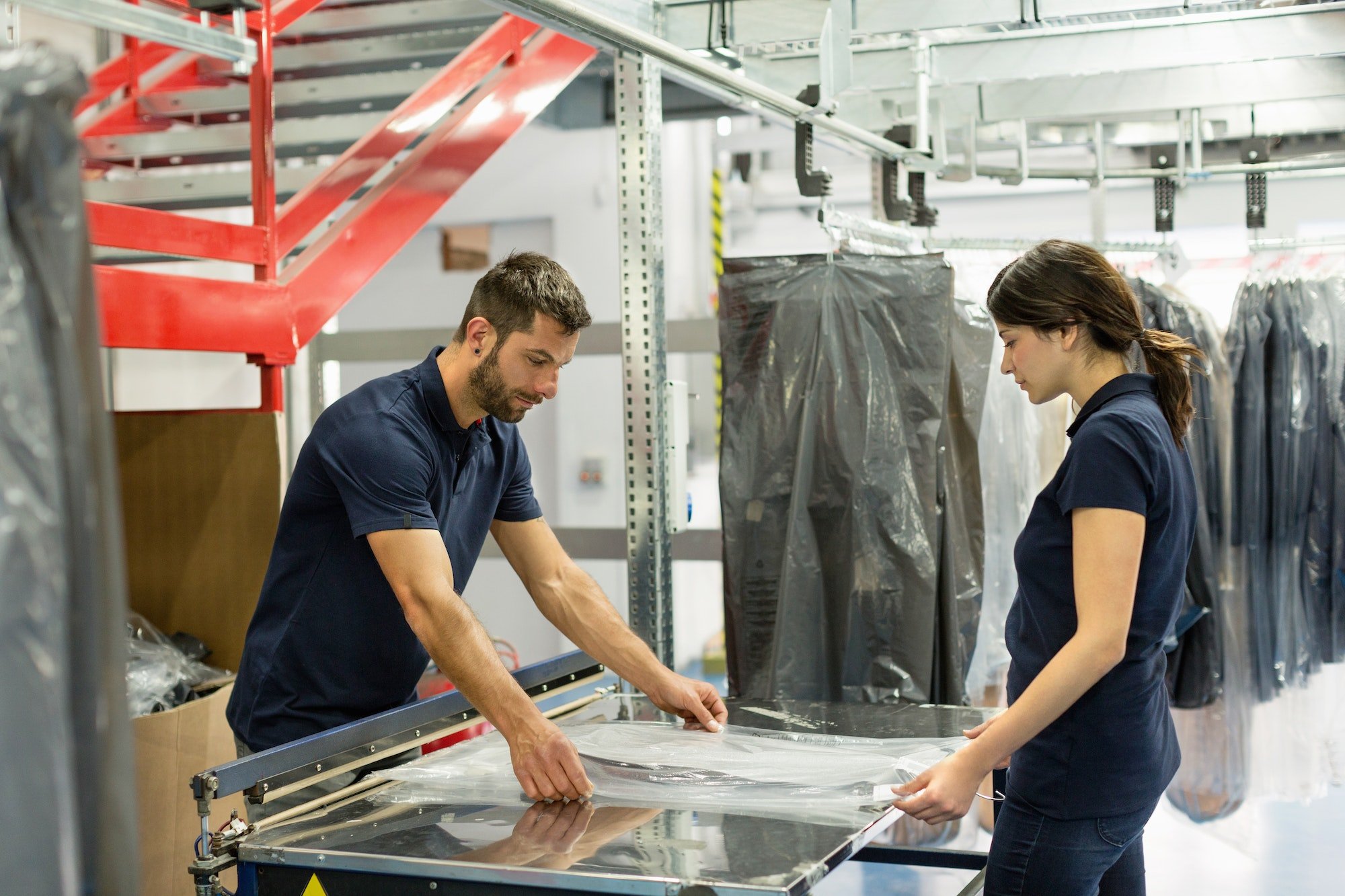Safety is a top priority for warehouses and other industrial locations. Implementing the latest safety technology can help to ensure workers remain safe and productive as they carry out their daily tasks. Advanced solutions such as automated systems, real-time tracking and alert systems, and other innovative solutions can help to enhance safety and increase workplace efficiency. In this blog post, we’ll take a look at how advanced safety technology can be used to improve warehouse safety.
Automated Systems
Automated systems are an excellent way to improve warehouse safety. Automated systems can be used to automate mundane tasks, reducing the risk of human error. Automated systems can also be used to monitor workers and alert them to potential hazards, such as hazardous materials or equipment. Automated systems can also be used to alert supervisors when tasks are not being completed in a timely manner. By using automated systems, warehouses can reduce the risk of injury and increase workplace efficiency.
In addition to automated systems, warehouses can also use safety sensors to detect potential hazards in real-time. Safety sensors can alert workers to potential hazards, such as falls, slips, and trips. Safety sensors can also be used to detect hazardous gases and other potential risks. By using safety sensors, warehouses can reduce the risk of injury and ensure workers are safe while they are working.
Real-Time Tracking and Alert Systems
Real-time tracking and alert systems can be used to monitor workers and alert supervisors when tasks are not being completed in a timely manner. By using real-time tracking and alert systems, warehouses can reduce the risk of injury and ensure workers are safe while they are working. Real-time tracking and alert systems can also be used to monitor the condition of equipment and alert workers to potential hazards. By using real-time tracking and alert systems, warehouses can reduce the risk of injury and ensure workers are safe while they are working.
In addition to real-time tracking and alert systems, warehouses can also use digital signage to provide information to workers. Digital signage can be used to provide safety reminders, alert workers to potential hazards, and provide information about the warehouse. By using digital signage, warehouses can reduce the risk of injury and ensure workers are safe while they are working.
Innovative Solutions
Innovative solutions such as virtual reality, augmented reality, and mobile applications can be used to improve warehouse safety. Virtual reality can be used to simulate hazardous scenarios and allow workers to practice safety protocols. Augmented reality can be used to provide workers with real-time information about their environment. Mobile applications can be used to provide workers with access to safety protocols and other important information. By using innovative solutions, warehouses can reduce the risk of injury and ensure workers are safe while they are working.
In addition to innovative solutions, warehouses can also use drones to inspect hazardous areas. Drones can be used to inspect hard-to-reach areas and alert supervisors to potential hazards. By using drones, warehouses can reduce the risk of injury and ensure workers are safe while they are working.
Conclusion
Safety is essential in warehouses and other industrial locations. Implementing the latest safety technology can help to ensure workers remain safe and productive as they carry out their daily tasks. Automated systems, real-time tracking and alert systems, and other innovative solutions can help to enhance safety and increase workplace efficiency. By using the latest safety technology, warehouses can reduce the risk of injury and ensure workers are safe while they are working. For more information on warehouse safety, please visit our website.

